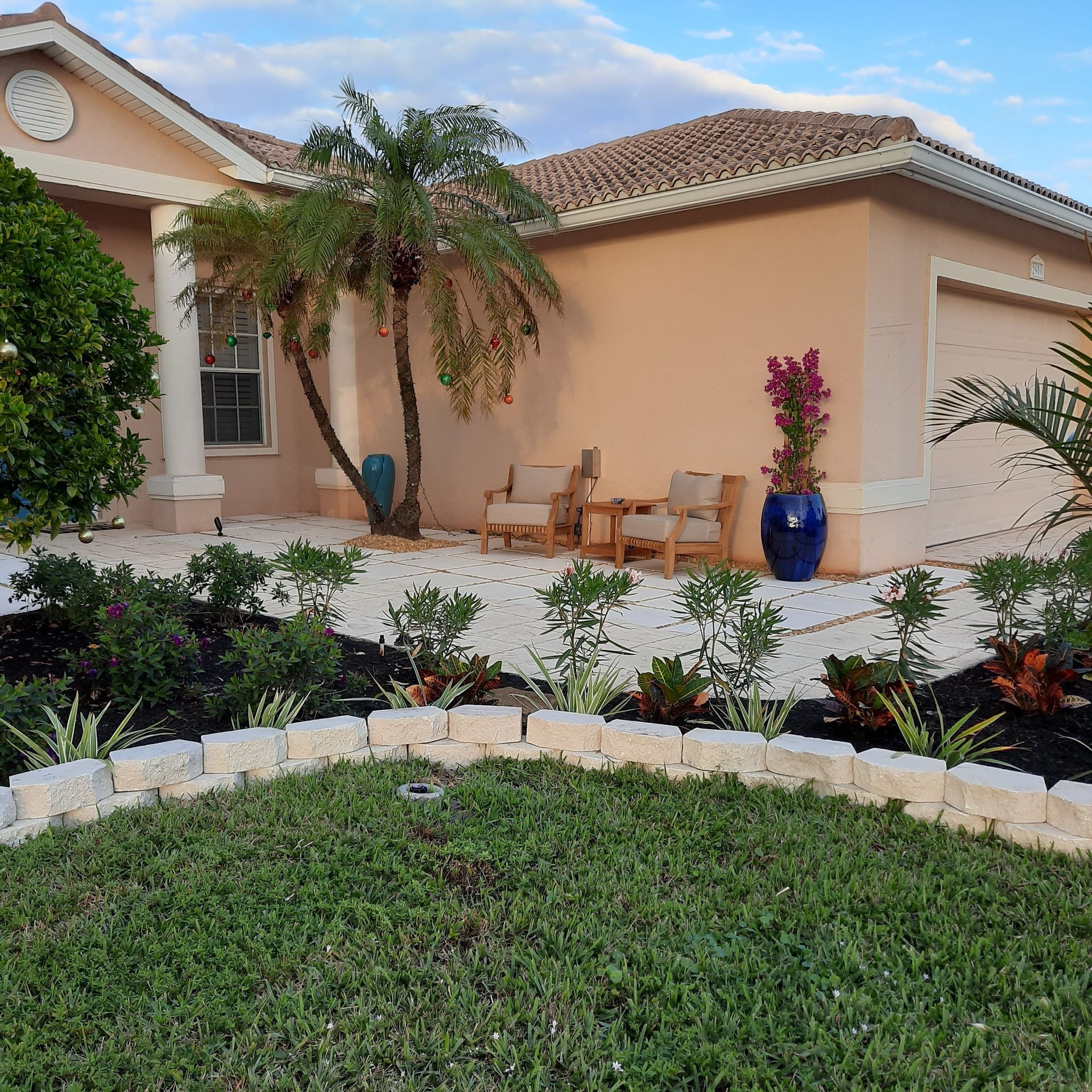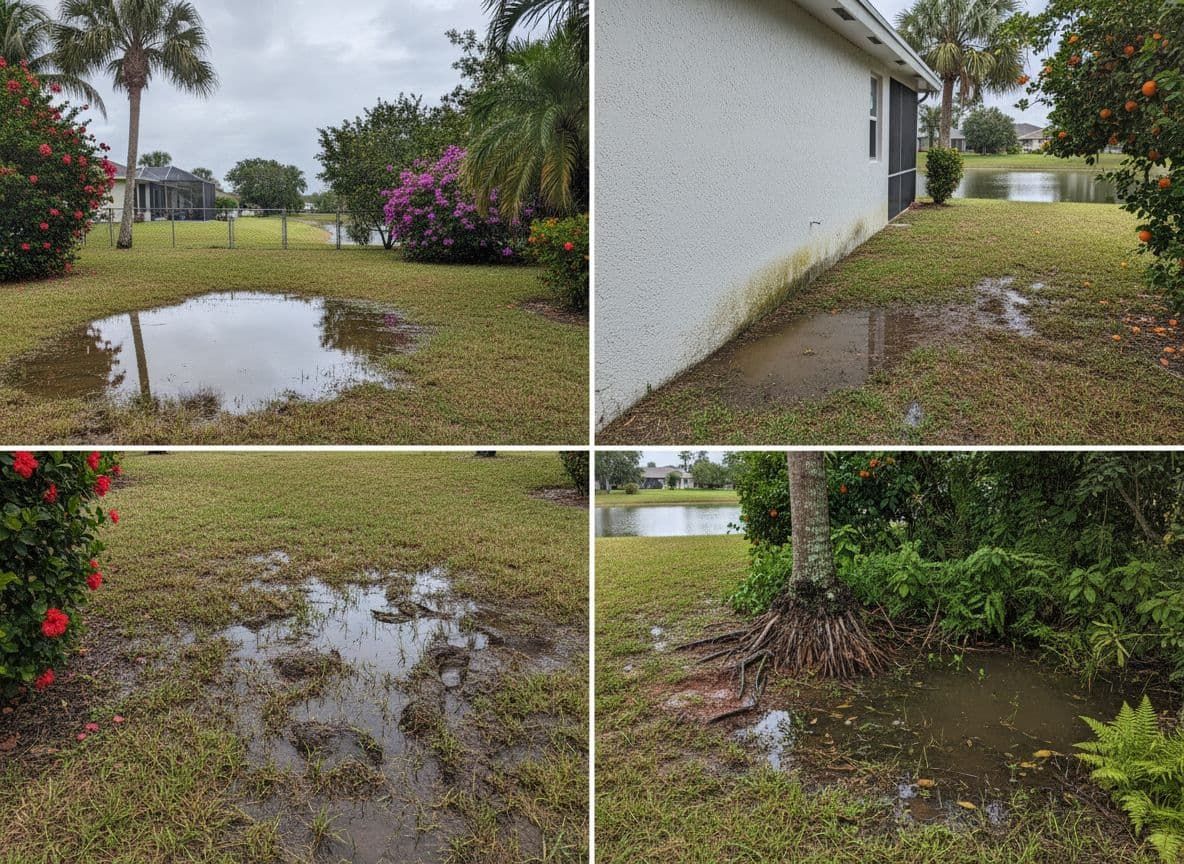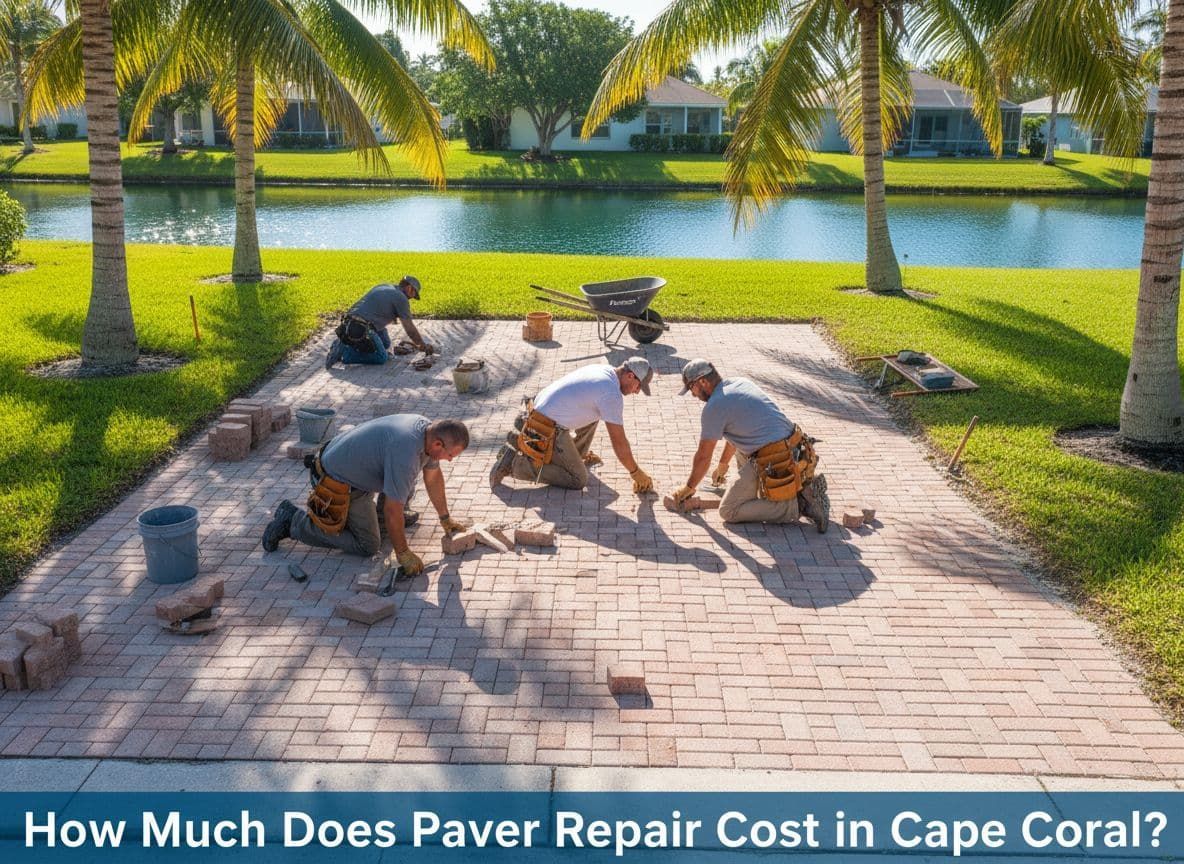Florida-Friendly Landscape Design Ideas for Cape Coral Homes
Florida-Friendly Landscape Design Ideas for Cape Coral Homes
Understanding Florida-Friendly Landscaping Principles
Florida-Friendly Landscaping revolves around nine core principles that aim to create sustainable, beautiful, and eco-conscious outdoor spaces. These include concepts like "right plant, right place," efficient water use, and reducing stormwater runoff. For Cape Coral homeowners, these principles are essential because they align with the region’s subtropical climate, sandy soil, and occasional drought conditions. By following these guidelines, you can design a yard that thrives without excessive resources.
Incorporating these principles not only benefits your property but also contributes to the health of Cape Coral’s unique environment. With its proximity to estuaries and wetlands, the area is particularly sensitive to pollution and water waste. By adopting Florida-Friendly practices, you help protect local ecosystems while creating a landscape that requires less maintenance over time. This approach sets the foundation for a thriving and sustainable yard.
Benefits of Florida-Friendly Landscapes in Cape Coral
One of the most significant advantages of Florida-Friendly landscaping is its environmental impact. These designs conserve water by using drought-tolerant plants and efficient irrigation systems, which is crucial in Cape Coral’s dry season. Additionally, they reduce the need for chemical fertilizers and pesticides, minimizing pollution in nearby waterways. This makes your yard not just a personal oasis but also a contributor to the community’s ecological health.
On a practical level, Florida-Friendly landscapes save homeowners money and effort. By choosing low-maintenance plants and incorporating features like mulch and rain sensors, you cut down on upkeep costs and time. Plus, these landscapes are designed to handle Florida’s weather extremes, from heavy rains to intense sunlight, ensuring your yard remains vibrant year-round. Transitioning to this style of landscaping is a smart investment for both your wallet and the planet.
Designing a Master Plan for Your Yard
Creating a master plan is the first step toward a successful Florida-Friendly landscape. Start by assessing your site—consider factors like sunlight exposure, soil type, and drainage patterns. This evaluation will help you determine which areas are best suited for specific plants or hardscape features. Setting clear goals, such as attracting wildlife or reducing water usage, will also guide your design decisions.
If you already have an established landscape, don’t worry—you can transition gradually. Begin by replacing high-maintenance plants with native species or adding mulch to conserve moisture. Over time, you can incorporate more Florida-Friendly elements, ensuring your yard evolves into a sustainable haven. A well-thought-out plan ensures a smooth transformation that aligns with your vision and budget.
Choosing the Right Plants for Cape Coral
Selecting the right plants is key to a thriving Florida-Friendly landscape. Cape Coral’s climate favors native species like coontie, firebush, and beach sunflower, which are adapted to the area’s heat and humidity. These plants require less water and care compared to non-native options, making them ideal for sustainable gardening. The "right plant, right place" principle ensures each species is positioned where it can thrive naturally, reducing stress on both the plant and the gardener.
Beyond aesthetics, thoughtful plant selection supports local biodiversity. Native plants provide food and shelter for birds, butterflies, and other wildlife, enhancing the ecological value of your yard. By choosing drought-tolerant varieties and grouping plants with similar water needs, you create a harmonious and resource-efficient landscape. This approach not only beautifies your home but also strengthens Cape Coral’s natural ecosystems.
Incorporating Hardscape Elements
Hardscape features like patios, walkways, and decks add functionality and structure to your landscape. When integrating these elements, it’s important to install them before planting to avoid damaging new growth. Use permeable materials for pathways and patios to allow water to soak into the ground, reducing runoff and promoting healthy soil. Thoughtfully placed hardscapes can enhance your outdoor living space while complementing your Florida-Friendly design.
Creating Wildlife-Friendly Features
A Florida-Friendly landscape can double as a sanctuary for local wildlife. Planting native wildflowers, shrubs, and trees attracts pollinators like bees and butterflies , which are vital for ecosystem health. Including a variety of blooming plants ensures there’s always something in season to support these beneficial creatures. Additionally, providing water sources such as birdbaths or small ponds encourages birds and other animals to visit your yard.
Supporting wildlife doesn’t stop at plant selection. Incorporating features like birdhouses, bat boxes, or butterfly gardens creates additional habitats. These elements not only enhance biodiversity but also bring life and movement to your outdoor space. By designing with wildlife in mind, you foster a deeper connection between your home and Cape Coral’s natural environment.
Irrigation and Water Conservation Strategies
Efficient irrigation is a cornerstone of Florida-Friendly landscaping. Installing rain sensors on your sprinkler system prevents unnecessary watering during rainy periods, saving both water and money. Grouping plants with similar water needs ensures each area receives the appropriate amount of moisture, reducing waste. Mulching around plants further conserves water by retaining soil moisture and regulating temperature.
To minimize irrigation needs altogether, consider xeriscaping techniques that rely on drought-tolerant plants and strategic design. Rain barrels are another excellent addition, capturing rainwater for later use in your garden. By prioritizing water conservation, you contribute to Cape Coral’s sustainability efforts while maintaining a lush and vibrant landscape. Thoughtful irrigation practices are a win-win for your yard and the environment.
Maintenance Best Practices for Florida-Friendly Yards
Proper maintenance keeps your Florida-Friendly landscape looking its best while adhering to sustainable practices. Mulching regularly helps suppress weeds, retain moisture, and improve soil health. Pruning should be done selectively to maintain plant shape and encourage healthy growth without over-stressing the plants. Fertilizing should follow state and local guidelines, focusing on slow-release products to minimize nutrient runoff.
Pest management is another critical aspect of upkeep. Instead of relying on harsh chemicals, opt for integrated pest management strategies that prioritize natural solutions. Encouraging beneficial insects, using resistant plant varieties, and monitoring for early signs of infestation can keep pests under control. With consistent care, your Florida-Friendly yard will remain beautiful, functional, and environmentally responsible for years to come.
Meeting Cape Coral’s Local Landscaping Regulations
Cape Coral has specific landscaping regulations designed to preserve the city’s natural beauty and manage resources effectively. These rules often address issues like tree preservation, irrigation restrictions, and stormwater management. By adopting Florida-Friendly practices, you automatically align with many of these requirements, making compliance easier and more straightforward.
Staying informed about local codes is essential to avoid fines or project delays. Many of Cape Coral’s guidelines emphasize water conservation and native plant use, which are already central to Florida-Friendly landscaping. Whether you’re planning a full redesign or minor updates, understanding these regulations ensures your project meets city standards while benefiting the environment. This synergy simplifies the process and enhances your property’s value.
Budgeting Your Florida-Friendly Landscape Project
Transforming your yard into a Florida-Friendly oasis doesn’t have to break the bank. Start by phasing your project—focus on one area at a time to spread out costs. Look for cost-saving opportunities, such as using recycled materials for hardscapes or sourcing native plants from local nurseries. Cape Coral residents can also take advantage of workshops and resources offered by organizations promoting sustainable landscaping. With careful planning, you can achieve a stunning yard that fits your budget.
Working with Florida-Friendly Certified Professionals
Hiring a Florida-Friendly certified professional ensures your project is designed and executed with expertise. These specialists understand the nuances of Cape Coral’s climate and regulations, offering tailored advice and solutions. To find certified professionals in your area, check with local extension offices or reputable landscaping associations. Their guidance can make all the difference in creating a successful and sustainable landscape.
Common Mistakes to Avoid
Avoid common pitfalls like choosing plants that aren’t suited to Cape Coral’s climate or skipping soil preparation before planting. Poorly planned irrigation systems can lead to wasted water and unhealthy plants, so invest time in setting up an efficient setup. Addressing these issues early prevents costly mistakes and ensures your landscape thrives. A little research and planning go a long way in achieving a successful Florida-Friendly yard.
FAQ About Florida-Friendly Landscape Design for Cape Coral Homes
What are the main principles of Florida-Friendly Landscaping?
The nine core principles of Florida-Friendly Landscaping include "right plant, right place," efficient water use, and reducing stormwater runoff. These guidelines promote sustainable practices that conserve resources and protect the environment, making them ideal for Cape Coral homes.
Which plants thrive best in Cape Coral’s climate?
Native plants like coontie, firebush, and beach sunflower are excellent choices for Cape Coral’s climate. Drought-tolerant varieties such as agave and blanket flower also perform well, requiring minimal water and maintenance while adding beauty to your yard.
How much does it cost to redesign a yard using Florida-Friendly practices?
Costs vary depending on the scope of the project, but a phased approach allows you to start small and expand over time. Expect to spend anywhere from a few hundred to several thousand dollars, depending on factors like plant selection, hardscaping, and professional services.
Do I need a permit for landscaping changes in Cape Coral?
While minor updates typically don’t require permits, larger projects like tree removal or significant hardscaping may need approval. Check with Cape Coral’s municipal office to ensure compliance with local regulations before starting your project.
Can I convert my existing yard to be Florida-Friendly gradually?
Yes, transitioning your yard gradually is a practical option for many homeowners. Start by replacing high-maintenance plants with native species or adding mulch to conserve water. Over time, you can incorporate more Florida-Friendly elements, ensuring a seamless and budget-friendly transformation.
Conclusion
Embracing Florida-Friendly landscaping offers countless benefits for Cape Coral homeowners. From maximizing water efficiency to supporting local ecosystems, this approach creates a yard that’s both beautiful and sustainable. Thoughtful planning, careful plant selection, and regular maintenance are the keys to success, ensuring your landscape thrives in harmony with its surroundings.
Now is the perfect time to start transforming your outdoor space. Explore local resources, attend workshops, and consider consulting certified professionals to bring your vision to life. By investing in a Florida-Friendly landscape, you’re not just enhancing your home —you’re contributing to a healthier, more resilient Cape Coral. Take the first step today!







